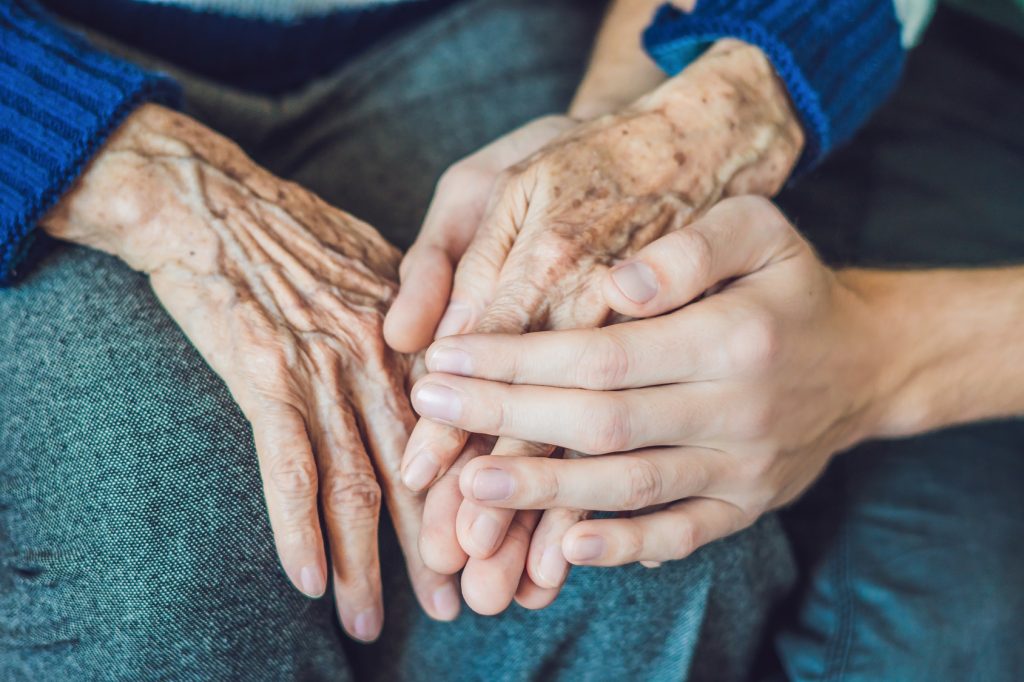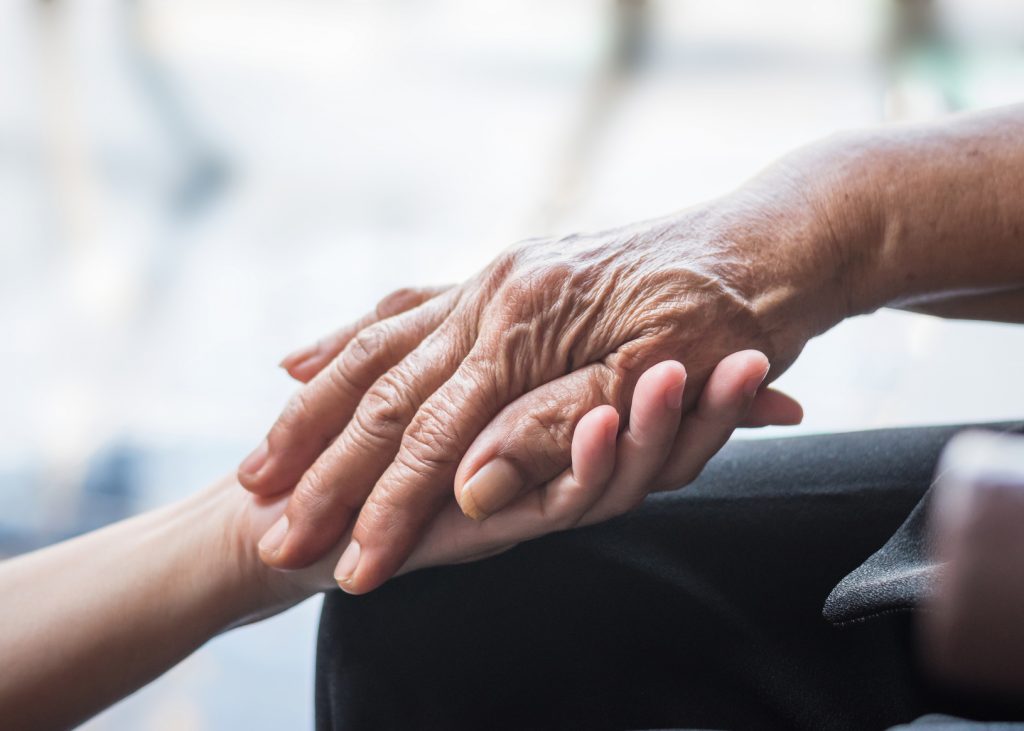hospice
TagNever Say ‘Die’: Why So Many Doctors Won’t Break Bad News
The majority of patients with serious illness receive news in what researchers call a “suboptimal way.” Could training physicians to deliver bad news help?
Kim’s Blog: “See You Down The Road”
How do you ask patients about end-of-life wishes? Kimberly Spering, MSN, FNP-BC discusses her experience with having this crucial conversation.
Hospice or Palliative Care?
NPs can guide patients to optimize care and support at the end of life.



